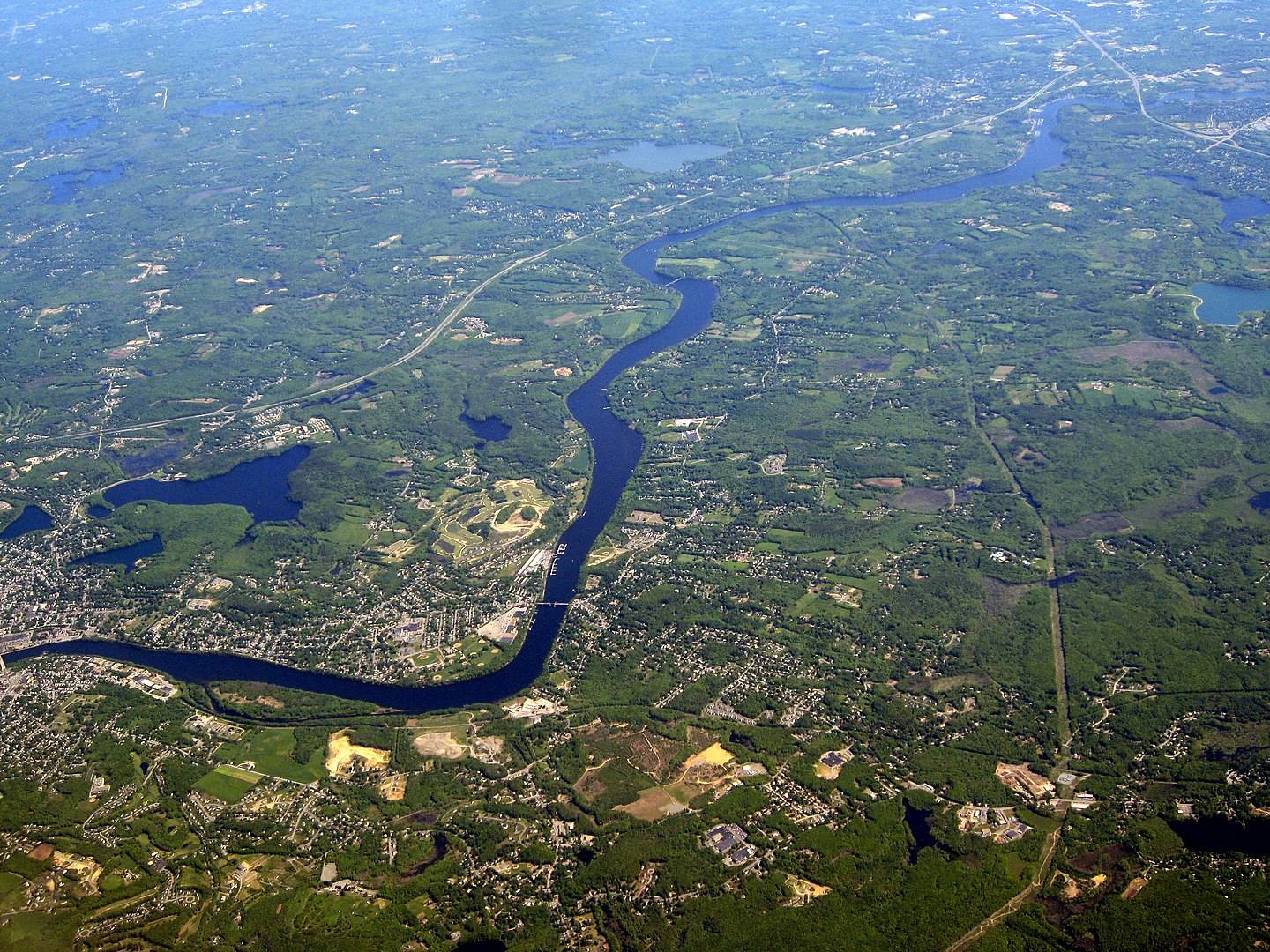The Merrimack River Watershed Council is refining studies to better understand sewage overflows in the river after sewage discharge rates increased 30 percent over the ten-year average in 2024.
Five cities along the Merrimack — Lowell, Lawrence, Haverhill, Manchester, NH and Nashua, NH — have antiquated sewer lines that overflow into the river during heavy rainstorms. Last year, about 896 million gallons of sewage were dumped in the river, with 90 percent coming from Manchester and Lowell.
Under state law, sewer treatment plants are required to publicly report when they release sewage into the river. The reports advise that people stay out of the river for 48 hours after a release. But MRWC said the river’s complex flow and currents can make that advisory inaccurate. CSO testing last year by MRWC. showed that while 48 hours was more than enough time for the plume of bacteria to flow downstream, the plume often persisted longer than the recommended window, and flowed further downstream than expected.
“We will refine our study of CSOs in 2025 to better understand the overflows’ effect on the river,” Jose Tapia, MRWC’s water quality project manager, said. “Questions asked this year will include how long do plumes of bacteria survive in the river following a CSO and for how many miles downstream can they pose a risk to people’s health”.
During the testing season, which runs April through September, volunteers and MRWC staff collect water samples from 15 locations from Manchester to Salisbury Beach and Plum Island. The samples are analyzed in MRWC’s lab, and test results are posted on an online interactive map, accessed at merrimack.org.
CSO testing is funded through a Mass DEP state budget line item championed by state Rep. Tram Nguyen (D-Andover) and other Merrimack Valley lawmakers. Continued testing beyond June 30th is contingent on the line item surviving the upcoming state budget process.

